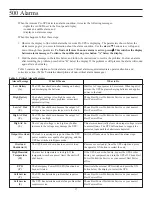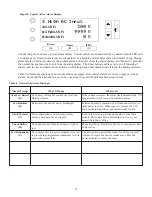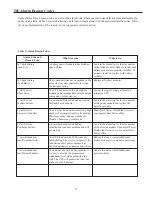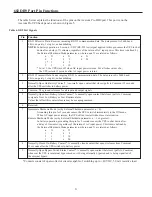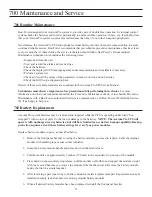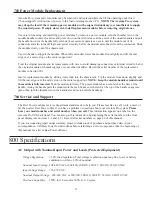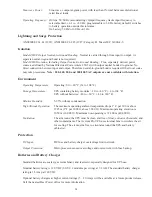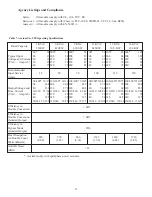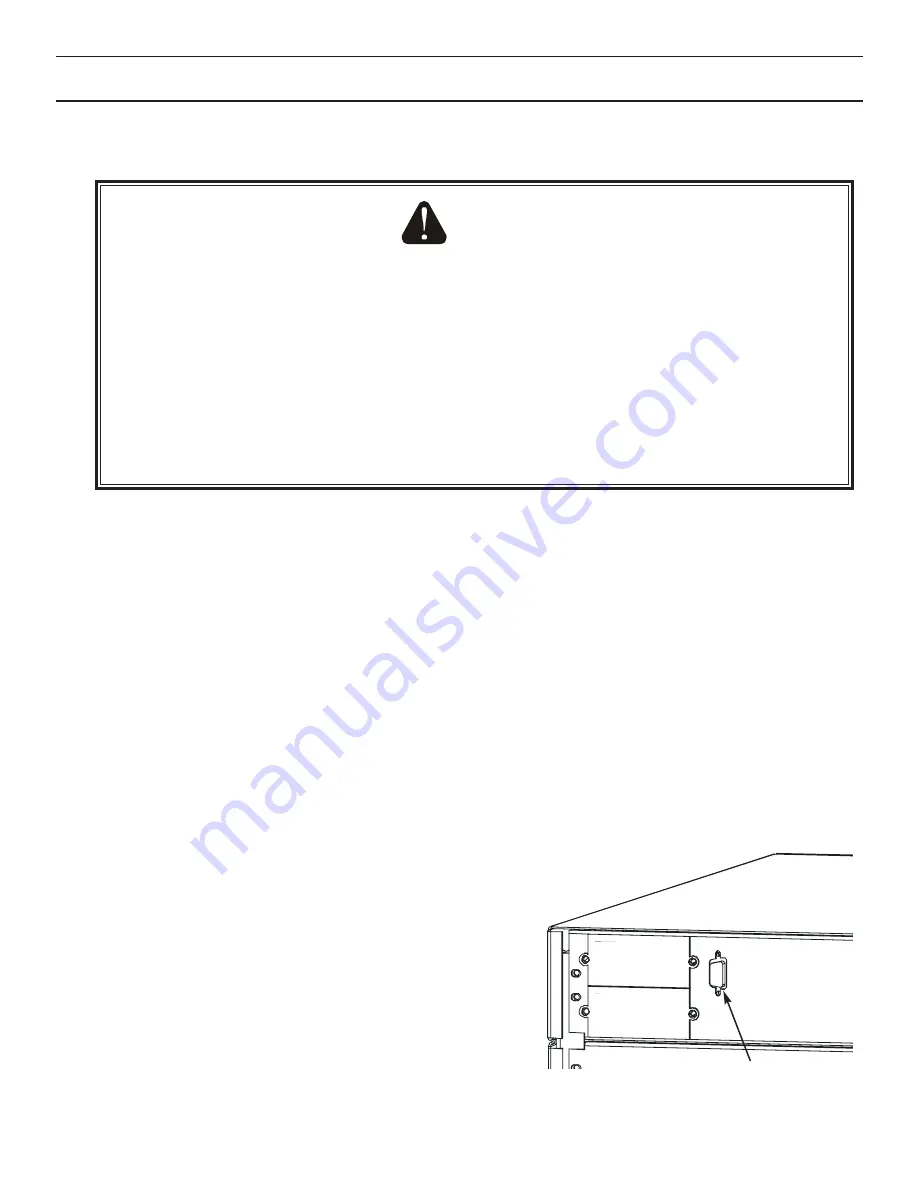
10
300 Starting the UPS
This section provides step-by-step instructions for starting your Axxium Pro system. Follow these procedures
closely to avoid potential damage to your equipment or the UPS and to protect yourself and others from
hazardous operating conditions.
Before starting the UPS, make sure that the temperature of the unit and all modules is within the range 0 to
+40 ºC (+32 to +104 ºF), and that relative humidity is between 5 and 95% (with no condensation).
1. CHECK INPUT POWER CONNECTIONS
1.a. If the unit is hardwired, make sure that an electrician has completed and tested the connection to the
proper power source. Check the connection of any power cables between the UPS and external battery
cabinets.
1.b. If the unit is not hardwired, plug the power cable of the unit into an approved, functional power outlet.
2. CONNECT COMMUNICATIONS CABLE (if required)
If the Axxium Pro UPS will be monitored and controlled by a computer system, follow this procedure to
connect the cable to the computer and UPS.
2.a. Locate the interface cable shipped with the UPS.
2.b. Plug the cable connector marked “UPS” into the
connector on the back of the UPS. Plug the other
connector into the connector on the computer. For
instructions about installing the CheckUPS
software, refer to the information accompanying
the CheckUPS CD-ROM and Section 601 of this
manual.
3. INSTALL MODULES
NOTE: Place battery modules below all power modules
in the UPS cabinet to maintain a low center of gravity.
CAUTION
To avoid potential equipment damage or personal injury, assume that the Axxium Pro system power
connections (outlets and distribution wiring) may have AC voltage present whenever AC input voltage or
DC battery voltage is applied. The UPS can create output voltage from its batteries even when there is no
AC input voltage. When AC input voltage is present, the Axxium Pro system can provide output voltage
even though its batteries are disconnected. To make sure there is no UPS output voltage, always disconnect
all of the AC input sources and unplug all strings of internal battery modules; if the UPS has one or more
separate battery cabinets, open the DC disconnect switch in each battery cabinet or unplug all battery strings
in each battery cabinet.
To reduce the risk of electrical shock, install the UPS in a temperature-controlled indoor area free of
conductive contaminants.
DB9 Connector for
Computer Cable
Figure 5. Communications Connector

















